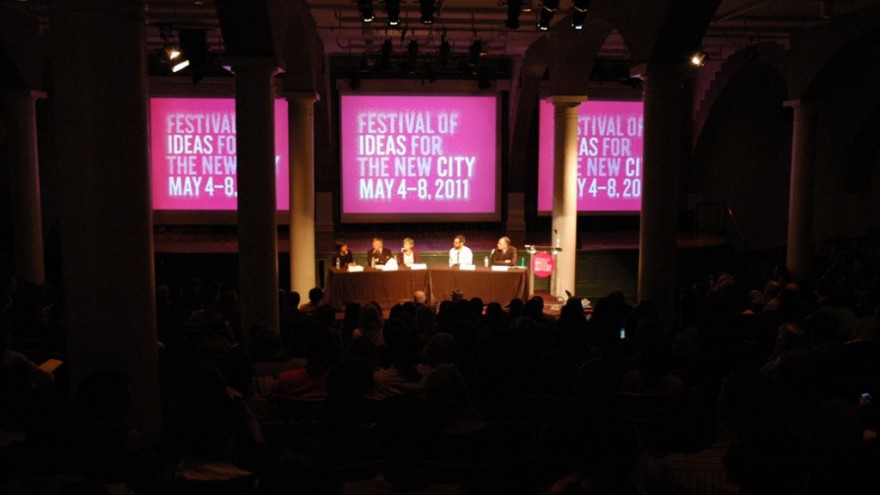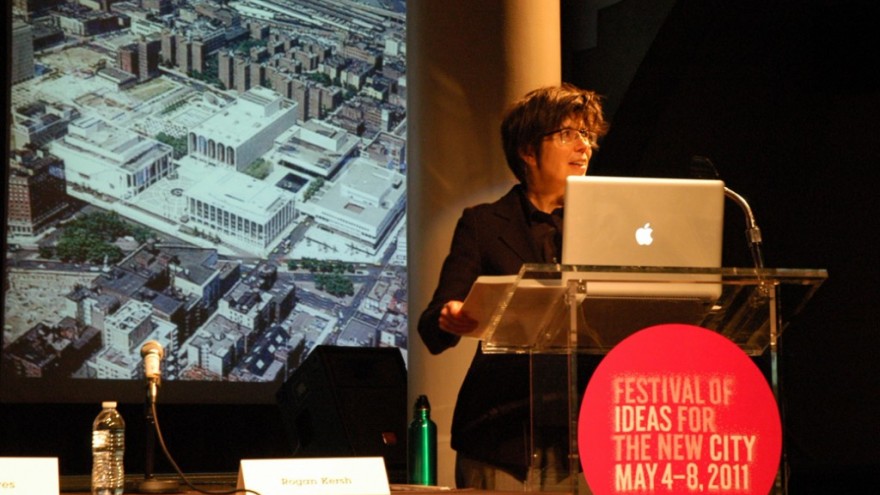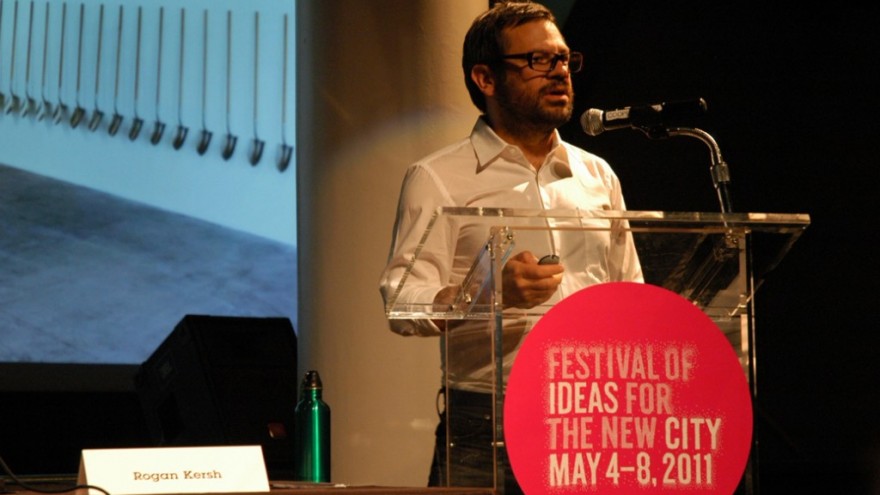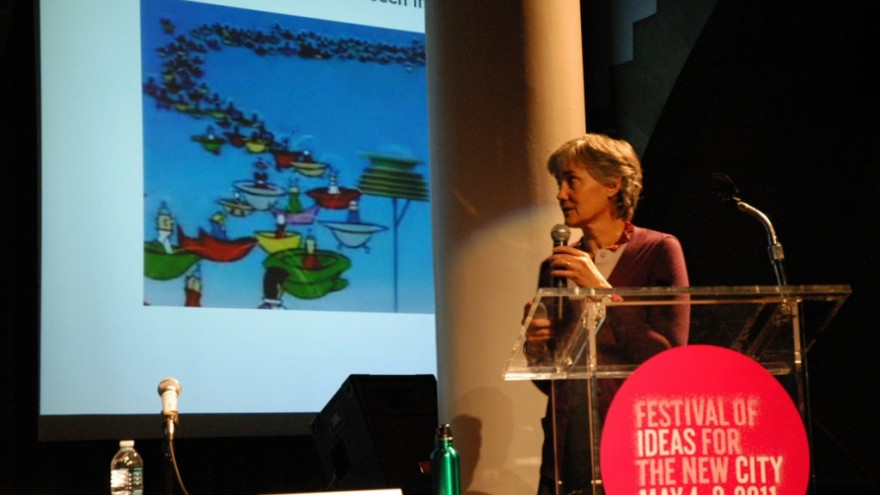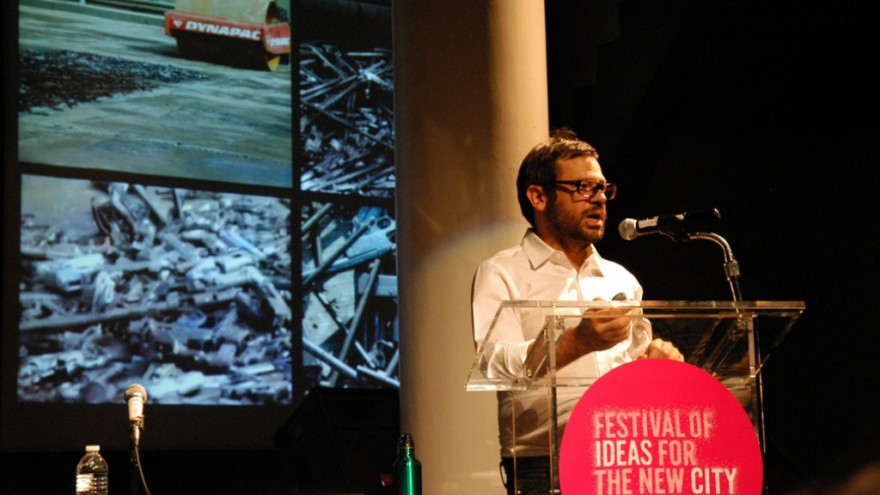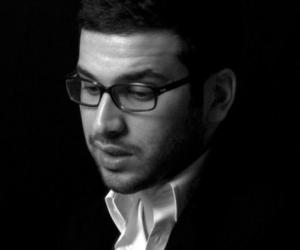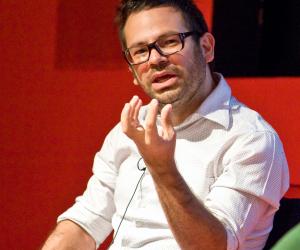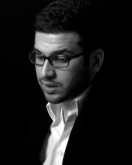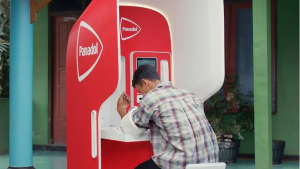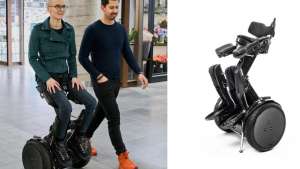The Reconfigured City, a panel discussion by Elizabeth Diller, Frank Duffy , Robin Chase, Pedro Reyes and Rogan Kersh – moderator.
Pedro Reyes, architect and artist, started by showing us a collection of projects he calls “Ideas”. They ranged from monument designs, in which the monument was a platform for citizens to become the spectacle, to semi-trucks that converted into public forums. In Idea #1, Reyes questioned the museum, by creating museums into ovens “where we are cooking reality instead of fridges storing the existing”. This would make museums an agent of transformation. Idea #2, which received a well-deserved round of applause, created a campaign to invite the population of weapon holders in Mexico to exchange their weapons for coupons to a well-known art collector’s supermarket, where they could purchase a fridge, microwave or other needed items. Reyes then took a total of 1 537 weapons, melted them and turned into 1 500 shovels which were used to plant trees across Mexico. This was one positive way to reconfigure a city.
Traffic jam
Robin Chase, founder and CEO of GoLoco and former CEO of Zipcar, started with a question for the audience: “How are we going to get to this city of the future and who wants to make bad decisions?” Jokingly, she looked at the Jetsons for inspiration. She stated that according to the cartoon, in today’s society “the kids go off to school by themselves and everyone has to go back home together”. Back in 1962 we thought the future would look like this, or at least this is what the Jetson creators thought. More seriously, she looked at the 1990 movie of the Jetsons where the father was stuck in the traffic jam, “now we are talking reality”, Chase said. “But the system still fails, the GPS tells him where to go and everyone follows, creating another traffic jam.”
Chase claimed that “the future is going to be from the internet, it brings us a toolkit". Back then we did not know where to go, now Google simplifies everything”. She argued: “Google, Facebook and YouTube are using my searches, my friends, and my videos to make them money, it is all my stuff and I am not getting anything.” This is where she compared the notion of “people-powered versus people-empowered”.
In a better case of internet use, Chase explained the idea from a couch surfing website where it took eight years for the website to build 1.2 million beds. The famous Intercontinental Hotel took 60 years to create 4 400 hotels in 100 countries. This is what Chase stated to be “the power of the end users putting their things on a platform.” Her newest invention is Buzzcar, a website that creates a platform for people to rent their cars to their peers. In this case I would have to say watch out for Zipcar.
Making plans
Frank Duffy, founder of DEGW, an architecture firm devoted to strategic office planning, discussed exactly that. “I spent the four decades of my professional life on one building type and found that buildings and cities are about time.” In today’s workplace, our existing buildings do not represent “the reconfigured city”. Duffy explained that today “we have a supply chain in how buildings are occupied, financed, and built...it is dysfunctional”.
He supported that the new stock of office buildings are conforming to the changes. In the past we have seen such architecture as the Seagram building here in NYC where “the grid is taking over; where you sit was determined by someone who has a greater mind than you”, Duffy says. He also stated facts that show buildings have quick lives and are always changing, the shell lasts 50 years, services 15 years, scenery five years, sets five days. Today Duffy practices the kind of architecture where first he getes the feedback from the user, then begins the process of the office building supply chain. He finished by stating that “we have the networked office where we are value adding and output driven”.
Pedestrian friendly
Elizabeth Diller, founding partner of Diller Scofidio + Renfro stqarted with her recollections of her past as a student at the Cooper Union. “Making architecture in my own city was unheard of.” Times became even more difficult to practice post-Bilbao and post-9/11, as resources became limited and architects had to “speak on behalf of the unnecessary and do other things besides efficiency and economy”. She took us through two projects where minimal design interventions brought greater change and reconfigured the spaces. In the Lincoln Center she simply re-routed traffic, creating a pedestrian accessible entry to the main plinth that all Lincoln companies shared. She coined this simple move as “post-post-modernism”. In the High Line project, her team used the notion of renewal and decay as the source for inspiration. “Could we design something where that exchange was exchange-able?”, she asked about the hardscape and landscape surfaces of the project. Her overall goal for the project was to create a unified space to “do nothing”, something she believe New Yorkers are not good at.

